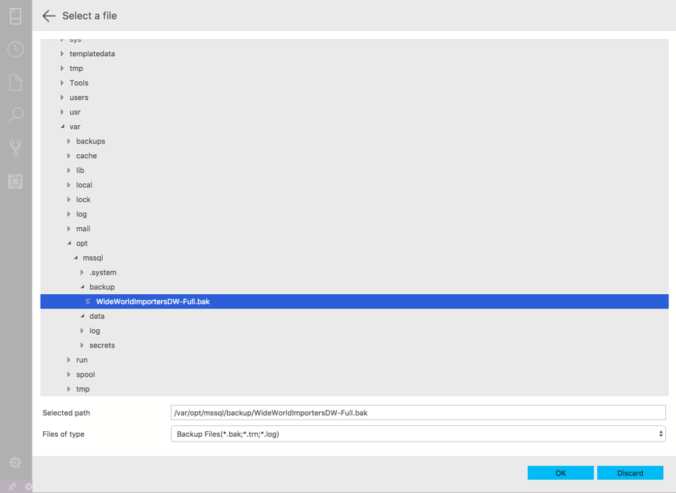

We are adding new column name as start_date into the date table. The below example shows that add new column into the table are as follows. Given below are the examples mentioned: Example #1Īdd new column into the table in redshift. SELECT * FROM pg_table_def WHERE schemaname = 'public' AND tablename = 'date' In the below example we can see that we have not used any constraints at the time of adding new_date column into date table, so by default, it will taking as null constraints to the new_date column. It will automatically take the default constraint to the newly added column. If suppose we have not define any constraint at the time of adding new column in redshift. We can also add the column into the table by using GUI tool like RazorSQL, using this tool we have options available like add new column into the table. We can see that column name as new_column in the last position. The below query is executed successfully and given the success message, means column is added in date table.īut in the below snapshot we can see that column is added at the last position from all columns. In the below example we can see that we have added column name as new_date and defined datatype as date. At the time of adding new column into the table, the new column is added at the last position from all the columns.īelow example shows that while adding new column into the table in redshift it will added at last position. We can define null or not null constraint to the column at the time of adding into the table.

We can also define the constraint to the column at the time of adding. As per data we are defining datatype for the column. We can define size of the column as per the data that we are inserting into the column.Īt the time of adding new column to the table, we are using below data type for the new column. Size of the column: We need to define size of the column at the time of adding a new column in redshift.We can define datatype as per the data which was we have inserted into the column.



 0 kommentar(er)
0 kommentar(er)
